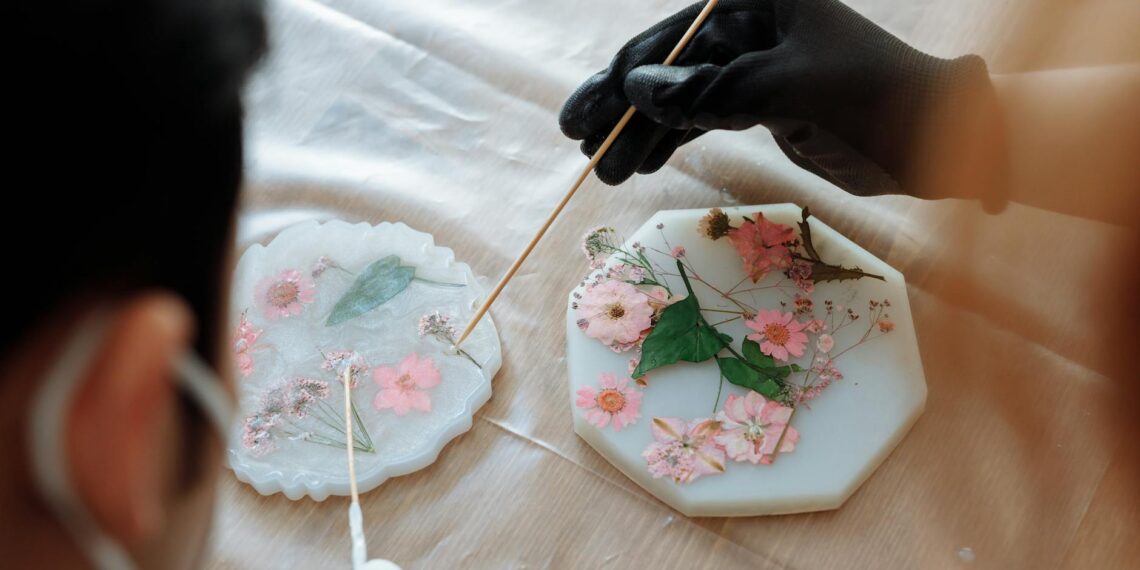There are two primary interpretations of “making your own coin:” creating a physical coin (like a commemorative token) or creating a digital cryptocurrency.
- Design and planning
- Purpose: Determine the reason for making the coin, such as commemoration, branding, or as a collectible item.
- Artwork: Conceptualize a design, including logos, emblems, text, and any other elements.
- Shape: Decide on a shape. While round is common, other options like dog tag, octagon, or custom shapes are possible.
- Material and finish: Choose the type of metal (e.g., brass, copper, nickel, zinc, silver, gold, or even non-metallic materials like wood or plastic) and the desired finish (polished or antiqued).
- Edges: Consider adding custom diamond-cut edges like rope cut or cross cut for a unique look.
- Manufacturing process
- Mold Making: The design is typically carved into steel blocks using a computer-controlled mill (CNC) to create the coin molds (dies). One mold is made for each side of the coin.
- Molding and Hardening: The molds are tested using soft metals, adjusted as needed, and then tempered (heated and cooled in oil) to harden the steel for striking.
- Striking (Minting): Metal blanks (discs of the chosen material) are pressed between the hardened dies using a coining press, stamping the design onto both sides simultaneously. A collar around the blank ensures proper shape and forms the edge.
- Finishing: Depending on the material and desired finish, additional steps like polishing, plating, or other treatments might be applied.
Important considerations
- Legality: It’s important to differentiate between creating a souvenir or token and attempting to mint currency, which is illegal in many places.
- Equipment & Tools: Specialized equipment like a CNC mill, coining press, and annealing oven are typically required for professional results. Simpler methods, like casting, could be attempted at home using materials like clay, rubber molds, and a furnace or melting pot, but may produce less refined results.
- Professional Services: Many companies specialize in custom coin manufacturing, offering design assistance and production services.
- Conceptualization and planning
- Purpose and Use Case: Clearly define the purpose and function of your cryptocurrency. What problem does it solve or what benefit does it provide?
- Tokenomics: Design the economic model of your cryptocurrency, including how it will be distributed, its supply, and how it will be used within its ecosystem.
- Whitepaper: Create a detailed technical document explaining your project, its goals, technology, and tokenomics. This is essential for attracting investors and building a community.
- Technical development
- Blockchain Choice: Decide whether to build your own blockchain from scratch (more complex), modify an existing blockchain (forking), or create a token on an existing platform like Ethereum or Binance Smart Chain (often easier).
- Consensus Mechanism: If creating a new blockchain, choose a consensus mechanism to secure the network and validate transactions (e.g., Proof of Work or Proof of Stake).
- Smart Contracts: If creating a token on an existing platform, you’ll need to develop smart contracts that define its behavior and functionality.
- Nodes and Architecture: If building a blockchain, design the network’s internal structure, including the nodes that store and verify transactions.
- Legal and regulatory compliance
- Jurisdictional Laws: Research and comply with all applicable laws and regulations regarding cryptocurrency in your jurisdiction, as these vary widely and can be complex.
- Legal Consultation: Consider seeking legal advice to ensure your project adheres to regulations like KYC/AML (Know Your Customer/Anti-Money Laundering) and securities laws, [according to Medium].
- Marketing and community building
- Branding and Design: Create a strong brand identity, including a logo, website, and user interface for your project.
- Marketing Strategy: Develop a marketing plan to promote your cryptocurrency and build a community around it. This can involve social media campaigns, content marketing, and influencer partnerships, [says Medium].
- Exchanges: Consider listing your token on cryptocurrency exchanges to improve liquidity and attract investors. This can be costly, especially for top-tier exchanges, [according to Medium].
Important considerations
- Technical Expertise: Developing a cryptocurrency requires significant technical skills, especially if building a blockchain from scratch.
- Security: Ensuring the security of your cryptocurrency and its underlying blockchain is paramount.
- Market Adoption: The success of a cryptocurrency ultimately depends on its ability to gain adoption and use within a community.
In conclusion, “making your own coin” can refer to a physical item (like a token) or a digital asset (like a cryptocurrency). Each path has different requirements, costs, and complexities.









Can I create my own coin?
I can help with that. Can I Create My Own Cryptocurrency? You can make your own cryptocurrency. Usually creating a new coin or token requires some computer coding expertise, but you also can choose to hire a blockchain developer to create a digital currency for you.
Is it possible to make your own coins?
From my experience, In the past making your own coin was an ordeal and a half, having to carve out a die and strike malleable metal under several tonnes of pressure. These days, it’s as simple as making a 3d model and sending it to a CNC mill for machining.
Is creating a coin free?
You can launch tokens on multiple EVM-compatible blockchains, with full control over supply, features, and distribution. And yes, you can create your own token for free on testnet first to make sure everything works before going live. Note: This guide focuses on creating fungible tokens (ERC20/ERC1400).